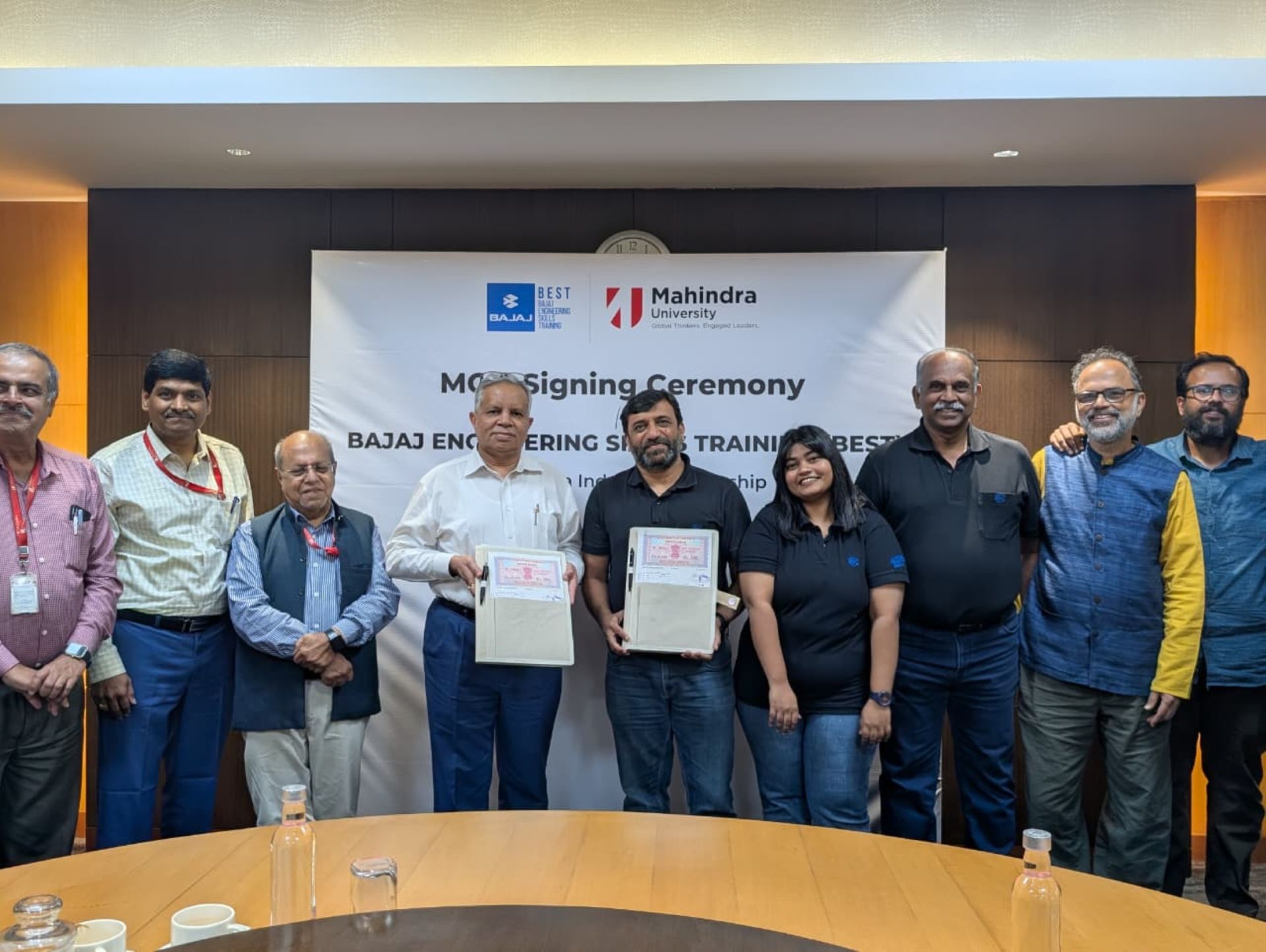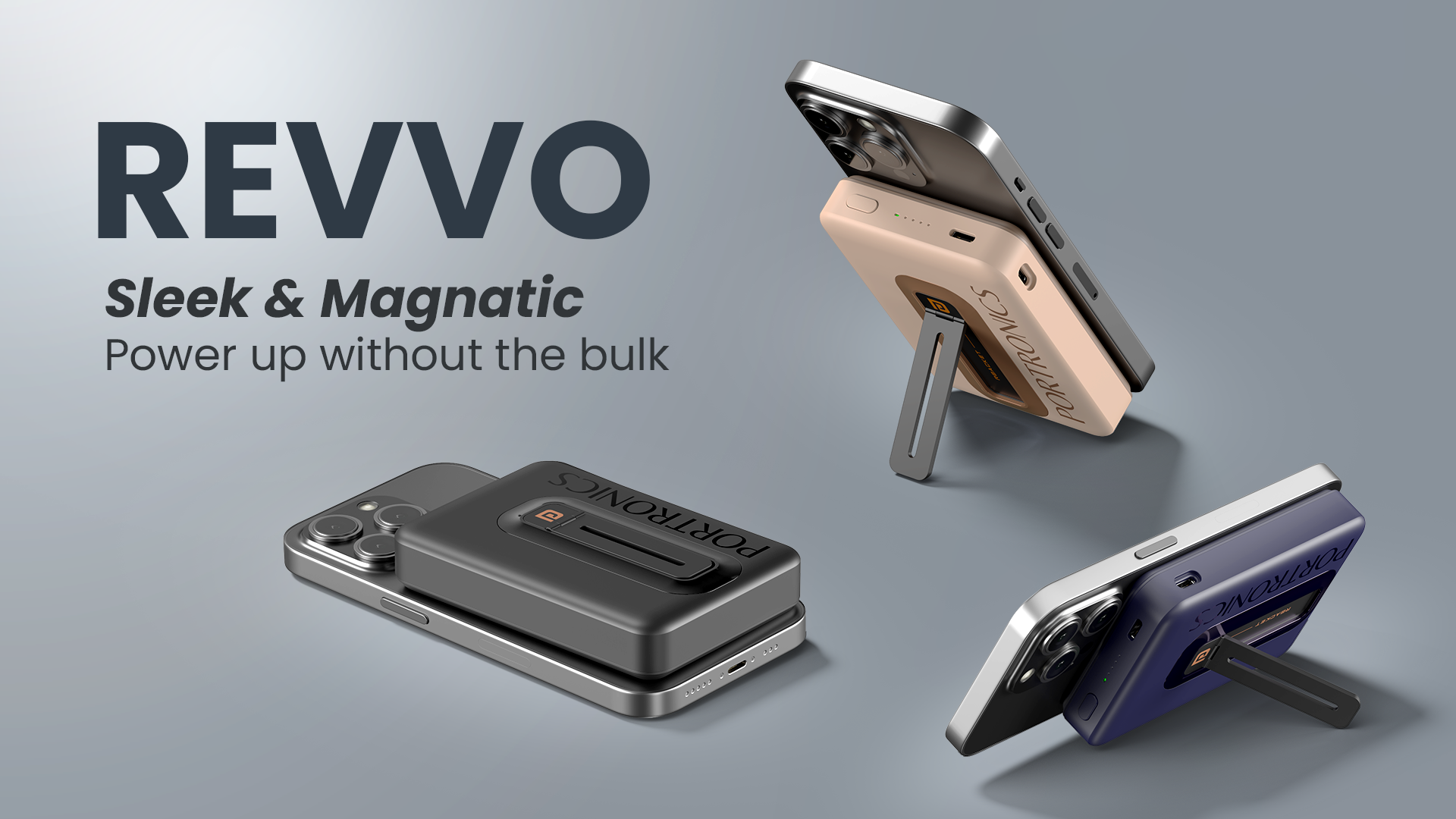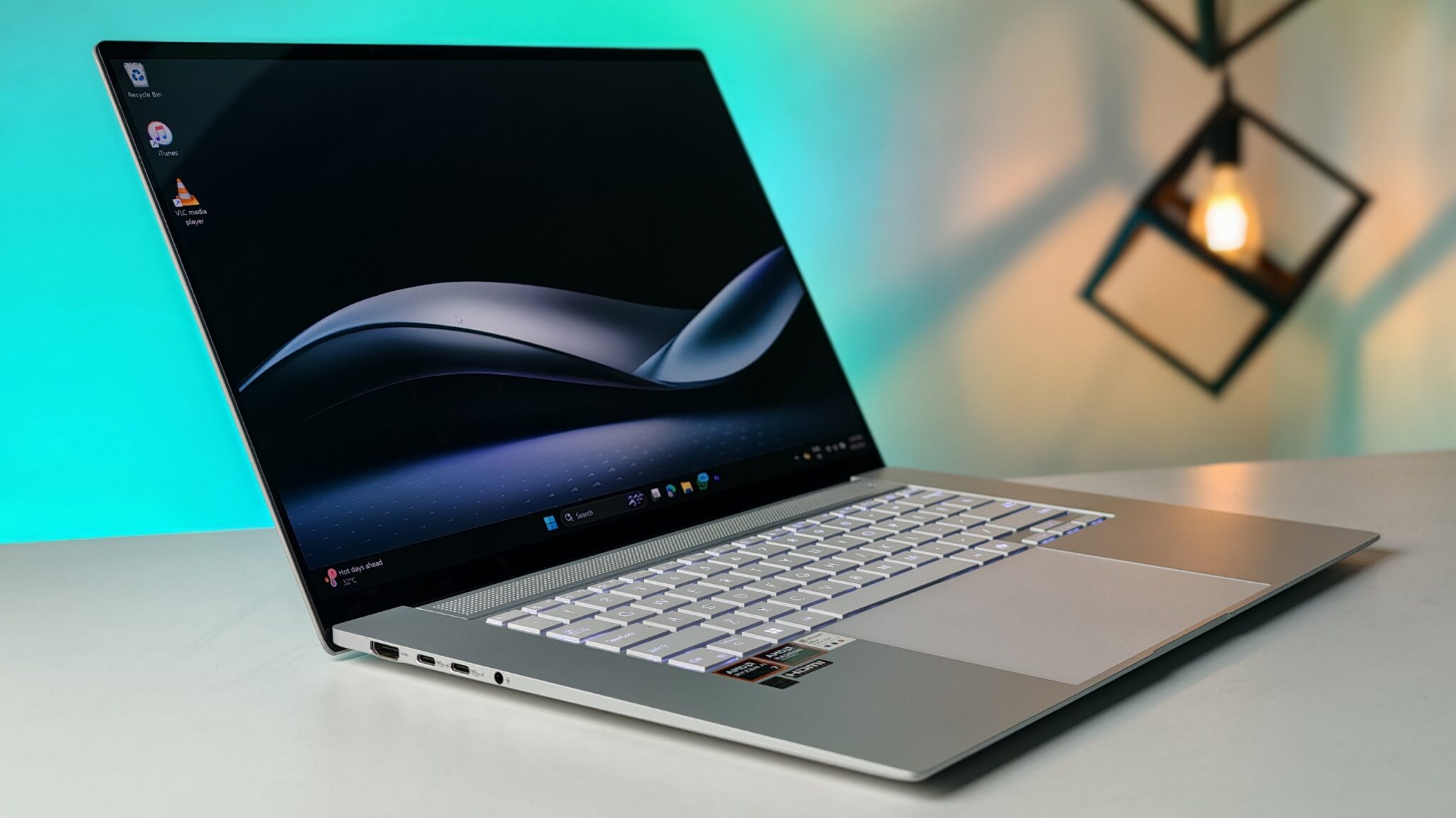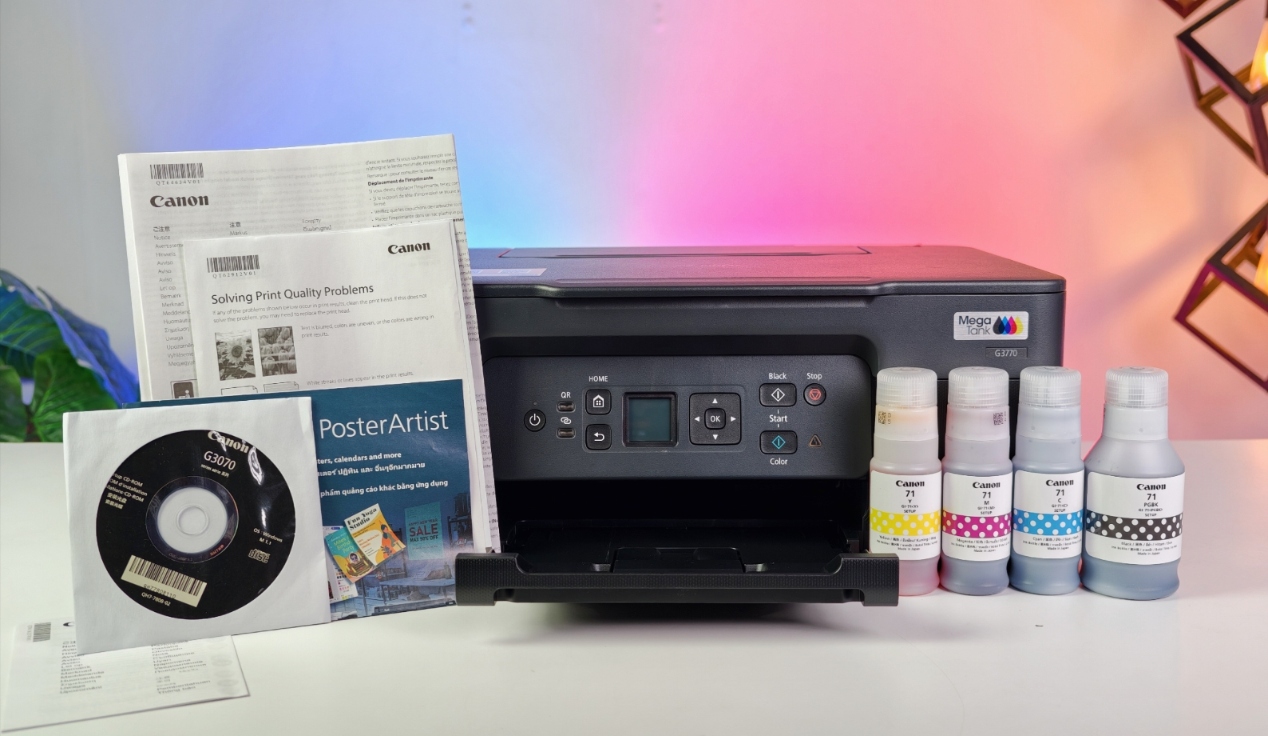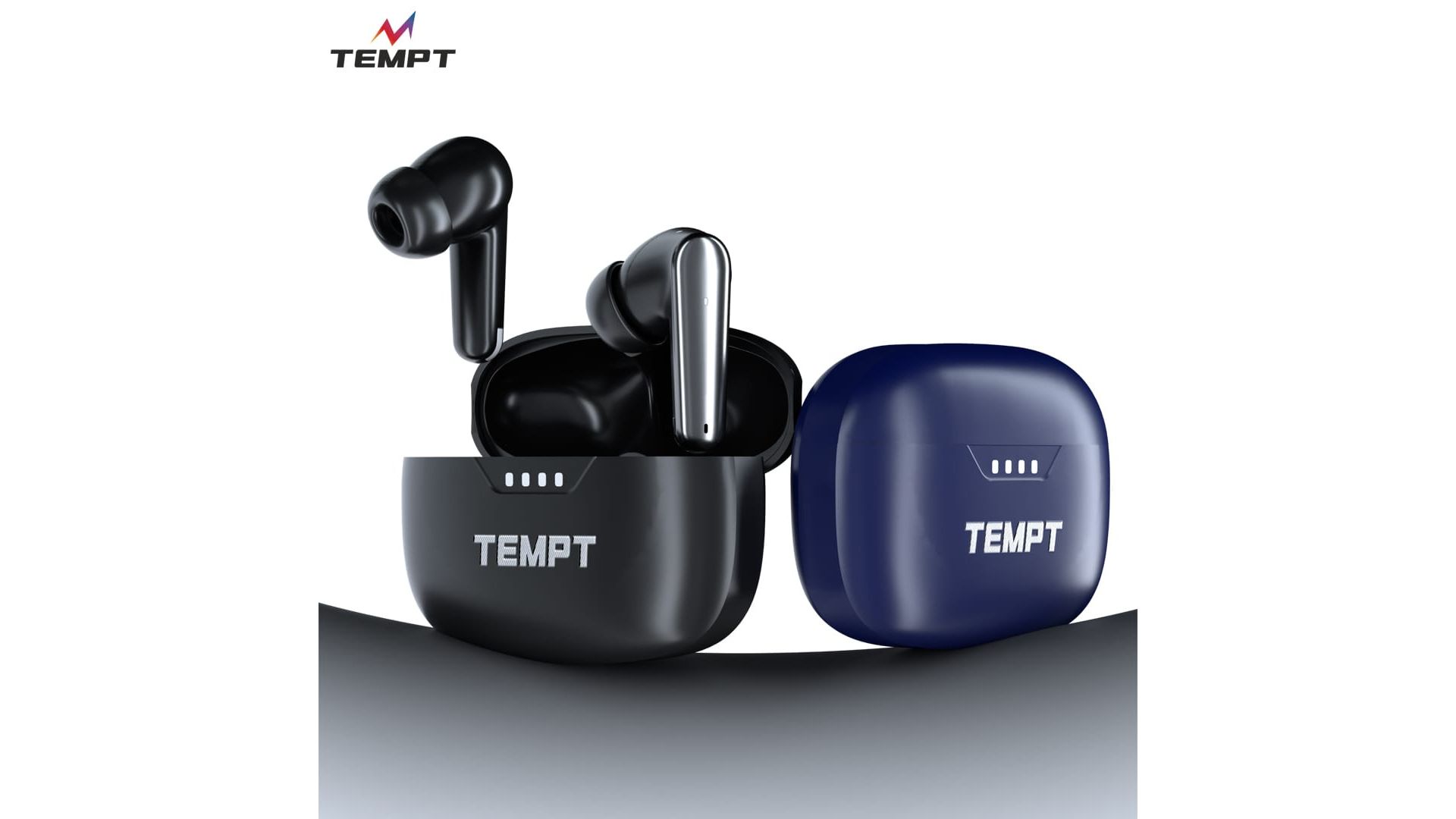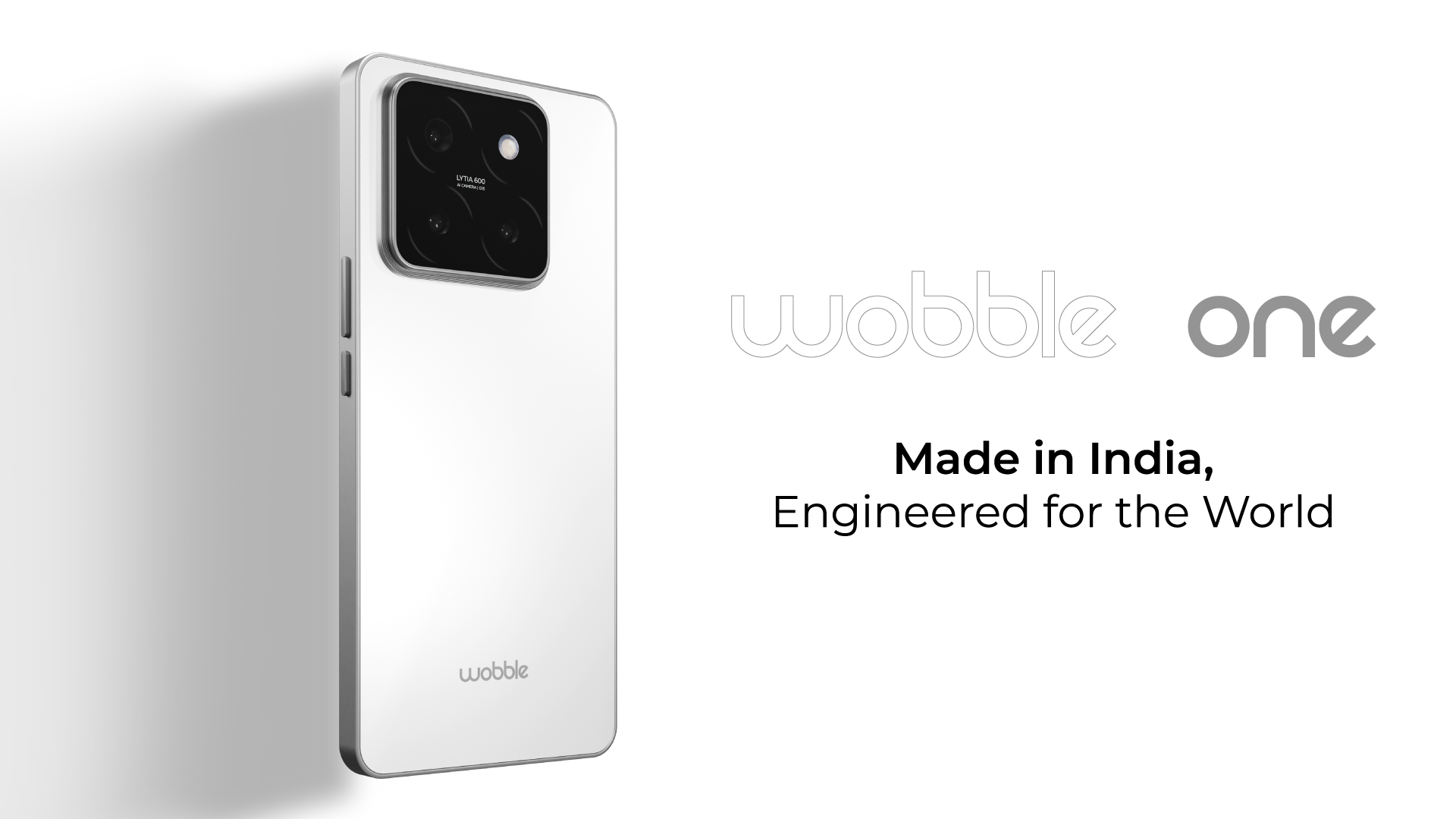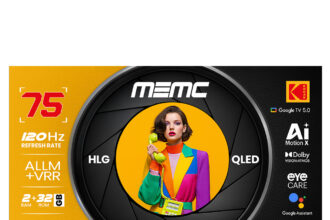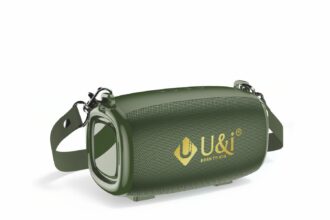Samsung, India’s largest consumer electronics brand, has introduced its R20 ultrasound system, a super premium and next generation device designed for general imaging. Announced in Gurugram on November 24, 2025, the R20 brings together advanced Artificial Intelligence tools, refined image clarity, and an ergonomic layout that, I think, aims to support diagnostic accuracy while easing the workflow for clinicians. Built on Samsung’s Crystal Architecture, the system intends to deliver consistently high quality images across a wide range of clinical applications.
Key Takeaways
- The R20 ultrasound system uses Crystal Architecture for improved image clarity and resolution.
- It includes AI driven tools like Live LiverAssist for real time lesion detection and Live BreastAssist for lesion classification (BIRADS).
- The system features a powerful GPU and an ultra high definition OLED monitor for enhanced visualization.
- Ergonomic design elements, including lightweight cables, are meant to minimize strain and enhance user comfort.
- The R20 is built for a broad range of applications covering abdomen, vascular, breast, obstetrics, and gynaecology.
Advancing General Imaging with AI and Clarity
The R20 system marks a notable step forward in general imaging technology by placing sophisticated AI at the centre of its design. Atantra Das Gupta, Head of the HME Business for Samsung India, stated that the R20 helps doctors detect lesions during live scanning, which highlights Samsung’s commitment to meaningful and intelligent technological progress in healthcare.
The core of the R20’s imaging performance is Samsung’s Crystal Architecture. This platform enhances image uniformity, resolution, and penetration across a variety of general imaging settings. The device includes a next generation imaging engine supported by a powerful GPU, and when its capabilities are matched with an ultra high definition OLED display, clinicians receive a level of clarity intended to support confident and accurate diagnosis.
AI Tools for Enhanced Workflow
A central part of the R20 is its collection of AI backed clinical and workflow tools. These tools are designed to automate repetitive tasks and simplify some of the more complex steps involved in imaging. Perhaps this gradual reduction in manual steps contributes to greater consistency and better patient throughput. Some of the key AI technologies include:
Live LiverAssist: This feature automatically detects suspicious focal lesions during a live ultrasound scan and provides real time guidance.
Live BreastAssist: It offers real time detection of breast lesions, includes BIRADS classification (Breast Imaging Reporting and Data System), and supplies guided reporting.
Auto measurement tools: These AI powered tools automatically detect and measure internal structures, aiming to support consistency and accuracy in reporting.
Deep USFF: This AI based tool quantifies Deep Ultrasound Fat Fraction and shows a high correlation with the gold standard MRI PDFF (Magnetic Resonance Imaging Proton Density Fat Fraction).
Versatility and Clinician Comfort
The R20’s underlying architecture enables it to deliver stable performance across a broad range of clinical applications. Its versatility covers abdomen, thyroid, musculoskeletal, vascular structures, breast, obstetrics, gynaecology, and urology imaging. Enhanced Doppler sensitivity and better colour flow visualization help clinicians identify subtle vascular structures and pathologies with greater precision.
Beyond its imaging capabilities, the R20 places emphasis on clinician comfort. The ergonomic approach features lightweight transducer cables, an intuitive touch interface, and customizable configurations. These refinements are intended to reduce strain and fatigue on healthcare professionals so they can remain more focused on patient care. In this way, the R20 seems to reflect Samsung’s idea of placing both clinicians and patients at the centre of care by combining intelligent AI, clear imaging, and thoughtful design.
Related FAQs
Q1: What is Crystal Architecture in the Samsung R20?
A1: Crystal Architecture is Samsung’s state of the art imaging platform that provides the R20 with superior image uniformity, resolution, and penetration power for clearer and more accurate general ultrasound imaging.
Q2: Which medical specialties can use the Samsung R20 ultrasound system?
A2: The R20 is a general imaging system suitable for a wide range of applications, including abdomen, thyroid, musculoskeletal, vascular, breast, obstetrics, gynaecology, and urology imaging.
Q3: How does Live LiverAssist help during an ultrasound scan?
A3: Live LiverAssist is an AI tool on the R20 that automatically detects a suspicious focal lesion in the liver in real time while the clinician is performing the ultrasound scan.
Q4: What does BIRADS classification mean in the context of Live BreastAssist?
A4: BIRADS (Breast Imaging Reporting and Data System) is a standardized classification system used by radiologists to describe breast findings. The Live BreastAssist tool on the R20 uses AI to classify breast lesions according to this standard and helps with automated reporting.
Q5: What is the benefit of the R20’s ergonomic design?
A5: The R20’s ergonomic design, which includes features like lightweight transducer cables and an intuitive interface, is meant to reduce physical strain and fatigue on the clinician, allowing them to perform scans more comfortably and concentrate fully on the patient.



